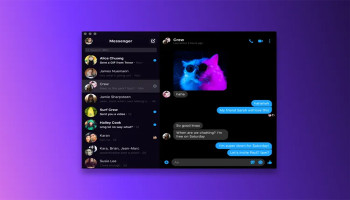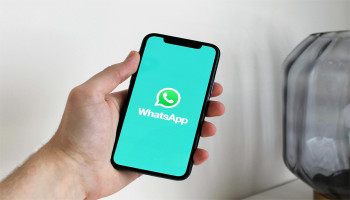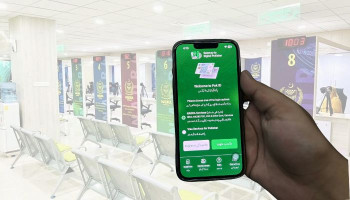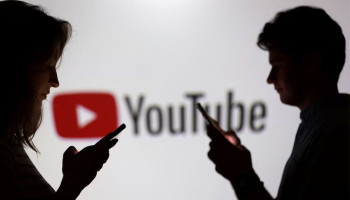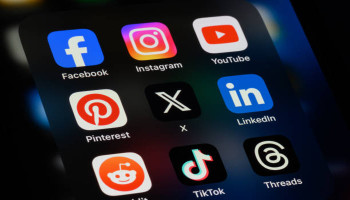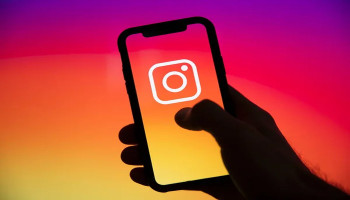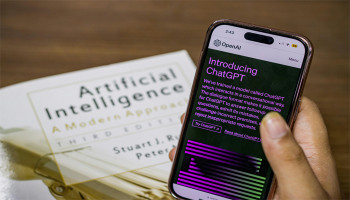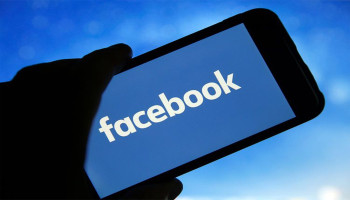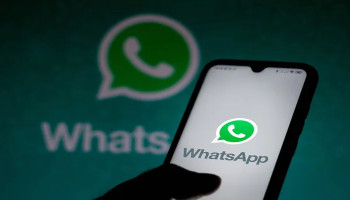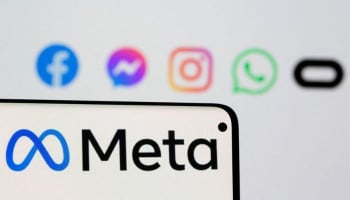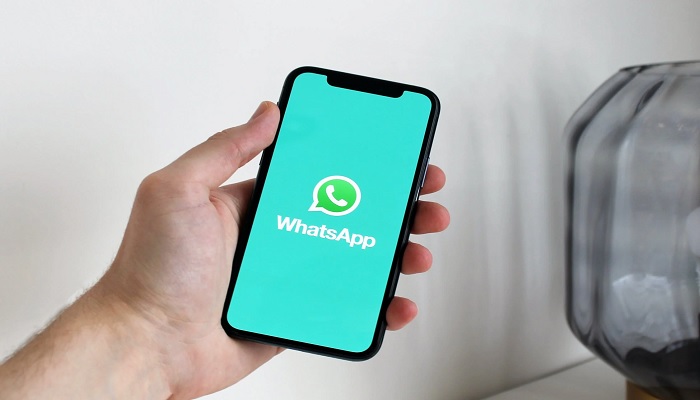
The image shows a person holding a phone that has a WhatsApp logo on it. — Pexels
WhatsApp is reportedly working on a new feature that will display an end-to-end encryption (E2EE) label for both individual and group conversations. This label will confirm to users that their messages are encrypted and that WhatsApp does not retain any of the data.
According to WABetaInfo, this new feature was observed in WhatsApp beta for Android version 2.24.6.11, which was rolled out to select beta testers on March 9 via the Google Play Beta Program.
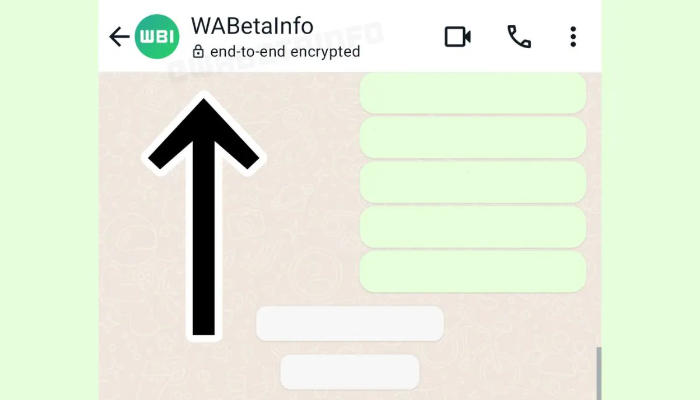
The feature appears to have been made available to only a few beta testers, indicating a limited release, likely due to its early development stage and the intention of developers to make further refinements.
According to reports, a new label indicating "end-to-end encrypted" was noticed below the space where the contact or group name is usually displayed, accompanied by a lock icon.
However, this label disappears after a brief period, reverting to the last seen status in individual chats and displaying participants' names in group chats. This suggests the introduction of a new level of encryption visibility within the app.
Interestingly, WhatsApp already includes an E2EE label at the bottom of the home screen, below all chats, as well as in voice, and video call screens, and status updates. Additionally, users can manually verify encryption by accessing the Encryption tab on the contact info page.
Read more: How to use two Whatsapp accounts on the same phone?
With this new label, the messaging app aims to provide users with a proactive reminder of the encryption status, making it easily visible within the chat interface.
This enhancement is particularly useful given Meta recently emphasized the risks associated with encryption in third-party chats in Europe.
Meta, which employs the Signal protocol-based Noise Protocol Framework for data encryption, emphasized its commitment to ensuring encryption at the user's end and during the transit of data, but it cannot do the same once data reaches third-party platforms. Notably, Meta has urged messaging apps to sign agreements and adopt either the Signal protocol or a compatible alternative.





